As the digital revolution progresses, the adoption of advanced technologies, such as using a Chatbot for Government Services, has become increasingly popular. Chatbot technology is now considered an integral part of modern public service infrastructure. In fact, the GovTech magazine has clearly declared that “Government Chatbots Now a Necessity for States, Cities, Counties”
In this blog, we’ll explore the role of chatbots in government services, their benefits, and how they are optimizing citizen support with data-driven insights.
The Rise of Chatbots in Government Services
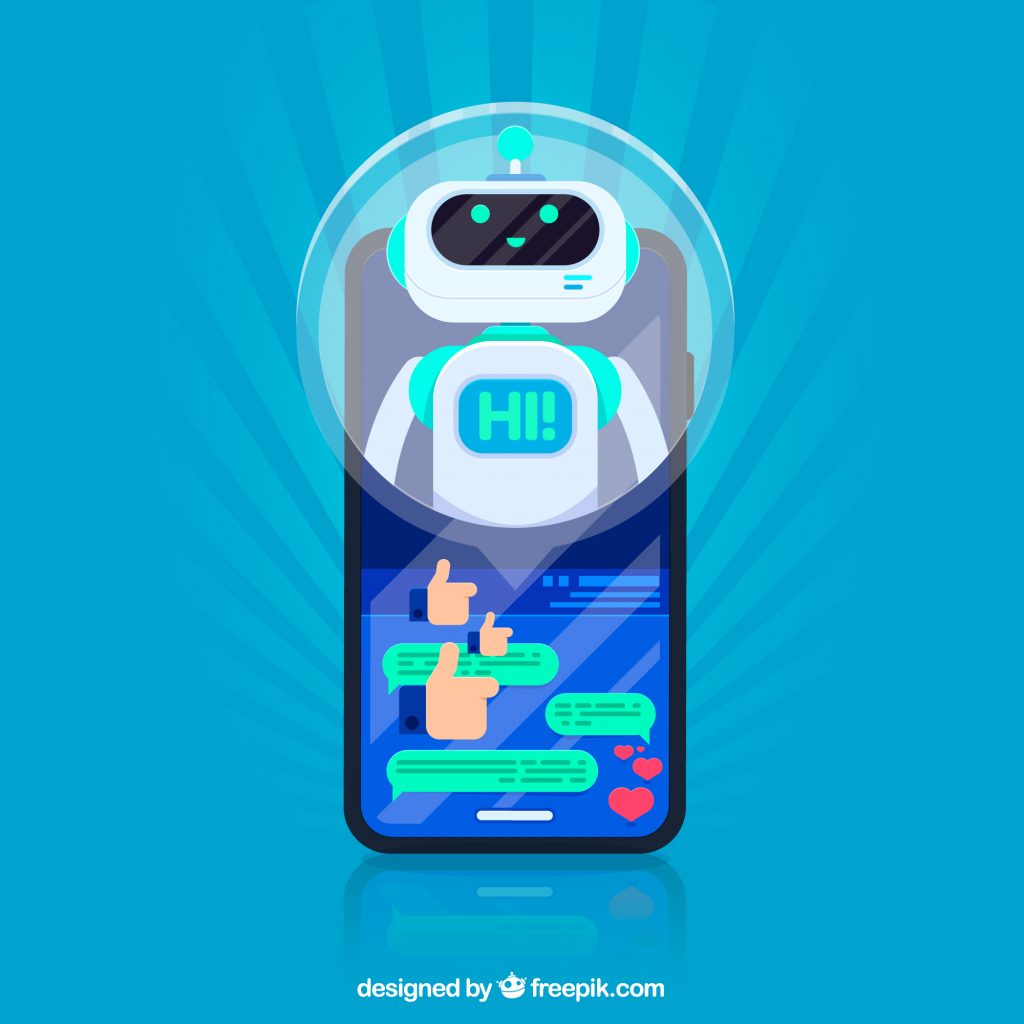
Chatbots were initially simple programs, capable of handling basic queries. Today, they have evolved into advanced AI-driven entities capable of conducting complex interactions. This evolution has seen their adoption in various sectors, with government services being one of the major adopters.
A Chatbot for Government Services can have multiple applications- ranging from healthcare to public safety and utilities. As governments worldwide look to become more citizen-centric and efficient, chatbots are poised to play a central role in this digital transformation.
Why Governments are Turning to Chatbots

Governments are turning to chatbots for numerous reasons:
✅Cost efficiency: Chatbots can handle multiple queries simultaneously, reducing the need for a large customer service team and saving resources.
✅24/7 accessibility: Chatbots are available at all hours, improving access to government services.
✅Improved efficiency: By automating repetitive tasks, chatbots allow government staff to focus on more complex issues.
✅Citizen engagement: Chatbots offer a user-friendly way to interact with government, improving citizen engagement and satisfaction.
✅Reduced Wait Times: Chatbots can efficiently and accurately handle a large volume of queries simultaneously thereby reducing wait times for citizens.
Optimizing Citizen Support with Data-Driven Insights
The integration of a Chatbot for Government Services provides significant opportunities for the enhancement and optimization of citizen support through data-driven insights.
Consider the following points to learn how chatbots achieve this:
1. Collecting and Analyzing Data
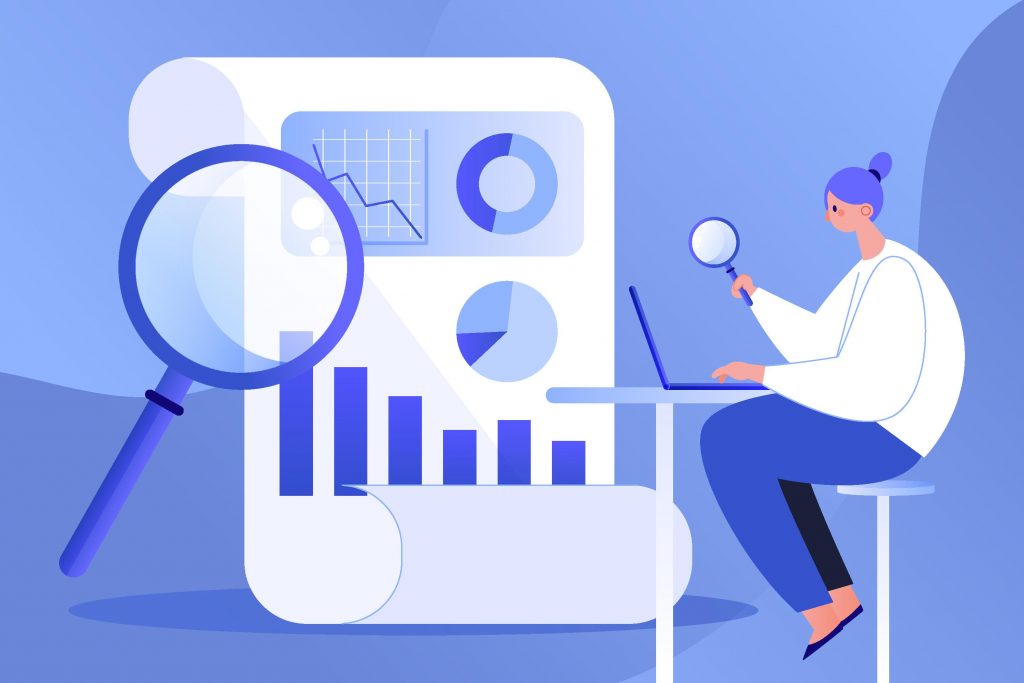
One of the significant advantages of using chatbots is their ability to gather and interpret a wealth of data.
Every interaction a user has with a chatbot is a data point that the system can learn from, thereby enhancing its service. The data is not just about the queries, but also about the time, frequency, and pattern of interactions.
All these insights can guide the design of more effective government services.
2. Identifying Gaps in Service
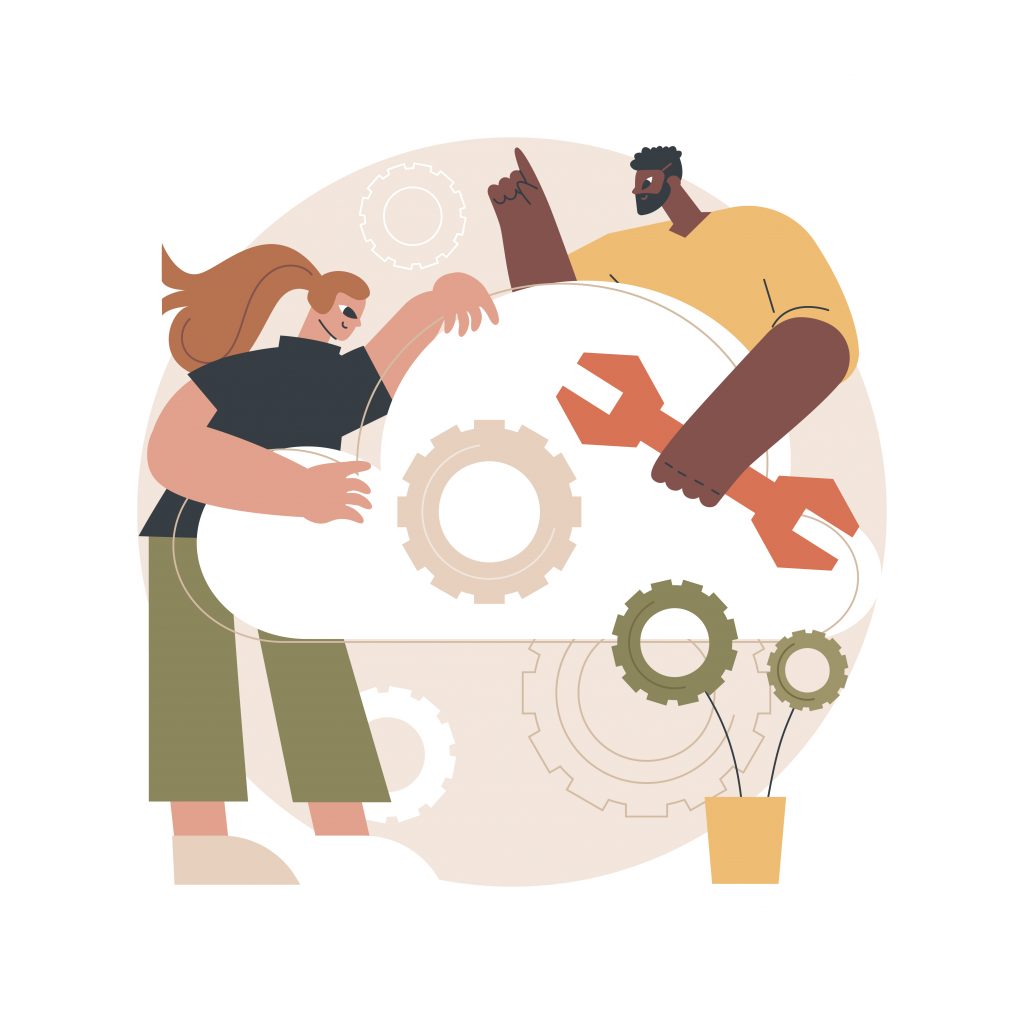
Another benefit of the data collected by chatbots is the identification of gaps in service delivery.
For instance, if a chatbot frequently receives queries about a specific service, it may indicate that the existing information about that service is inadequate or unclear. This allows governments to fill these gaps proactively and improve overall service delivery.
3. Personalizing User Experience
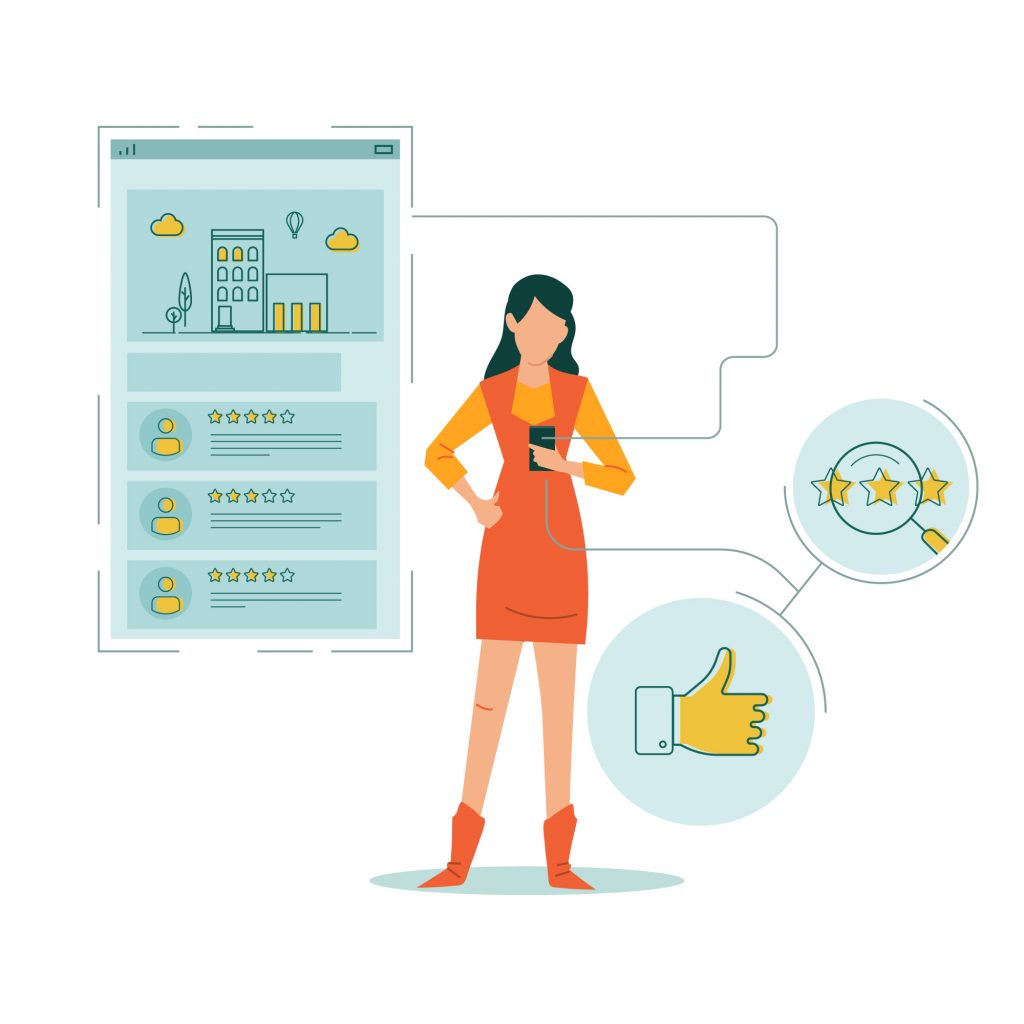
With the advent of advanced AI and machine learning, chatbots have the capability to deliver personalized responses based on the user’s past interactions and preferences.
This not only improves user experience but also promotes more effective and satisfying interactions with government services.
4. Informing Policy and Decision Making
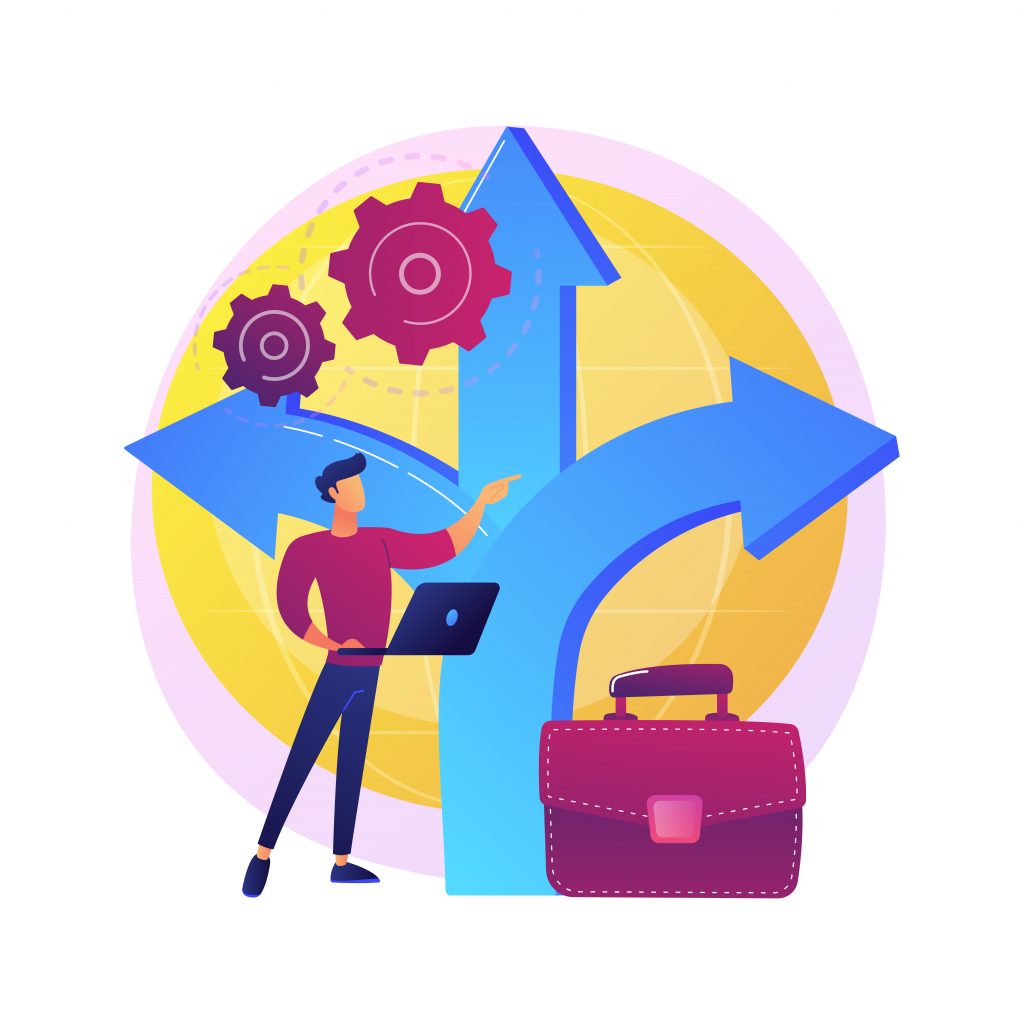
The data collected by chatbots can also inform policy and decision making within government services. The real-time insights gained from citizens’ concerns and queries can be utilized to shape future strategies and policies, ensuring they are aligned with citizens’ needs.
5. Predicting Citizen Needs
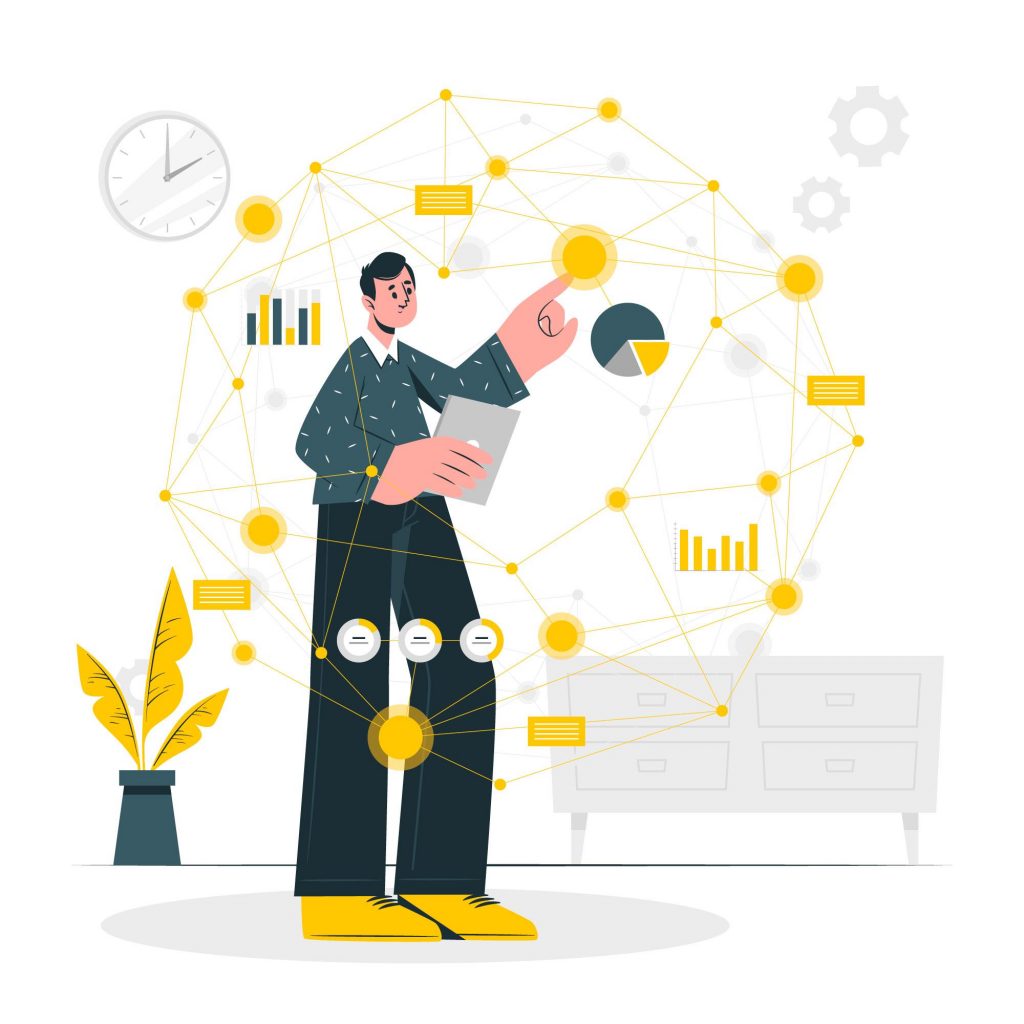
One of the significant advantages of data-driven insights is the ability to anticipate and predict citizen needs.
By analyzing the patterns and trends in queries and interactions over time, chatbots can identify upcoming issues or concerns that citizens may face.
This predictive ability allows government services to be proactive rather than reactive, preparing responses and resources ahead of time and enhancing citizen support.
6. Enhancing Communication Efficiency
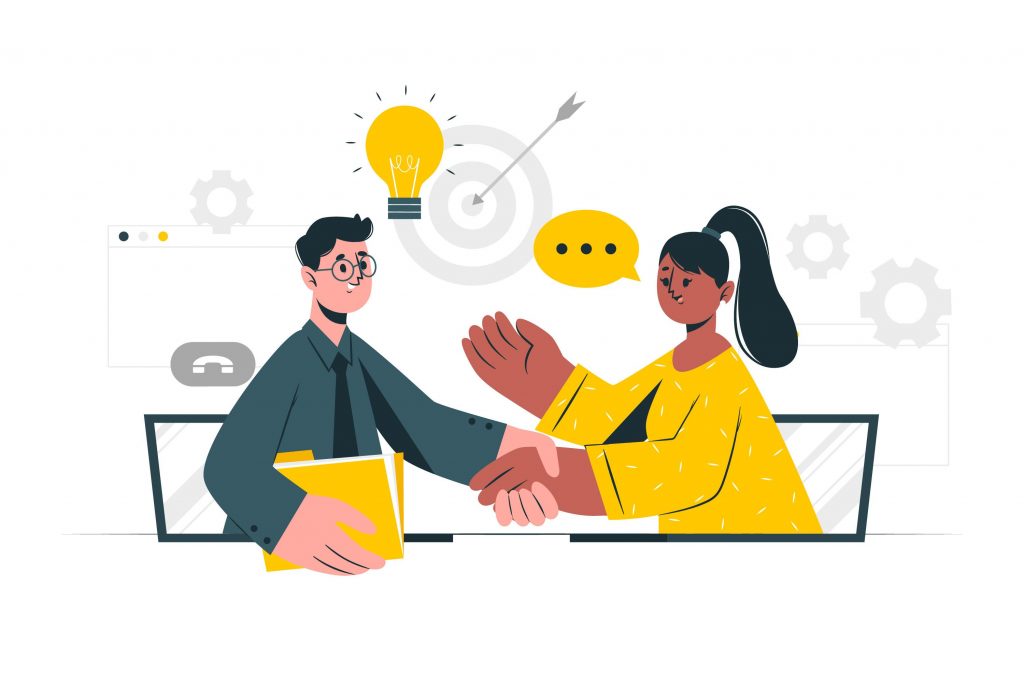
Data-driven insights can also improve the efficiency of communication between citizens and government services.
By understanding the most common queries or the times at which queries peak, governments can streamline their communication strategies.
For instance, if data shows that certain queries are more common at a particular time of day or in a certain season, governments can preemptively address these issues through public announcements, social media posts, or updates to their websites.
This proactive communication reduces the volume of inquiries and makes it easier for citizens to access the information they need.
7. Facilitating Better Resource Allocation
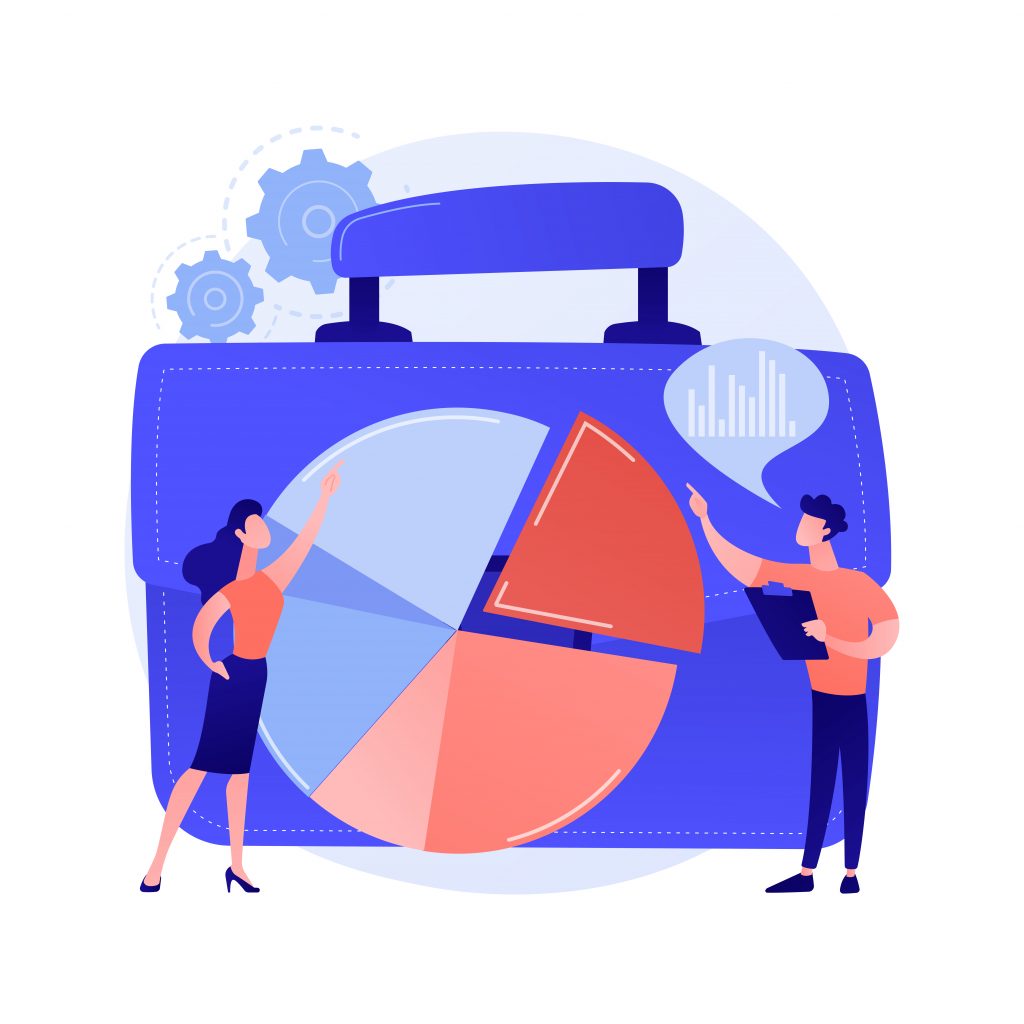
Data-driven insights from chatbots can play a crucial role in more effective and efficient resource allocation within government services.
Chatbots can effectively identify high-demand areas or services, government agencies can allocate resources appropriately to meet citizens’ needs.
For instance, if data shows a high volume of queries regarding a particular public service or program, it might indicate a need for more staffing or resources in that area. Conversely, services that generate fewer inquiries might not require as much resource investment.
This kind of data-guided resource planning can lead to more effective public service delivery and improved citizen satisfaction.
Chatbot Applications in Government Services
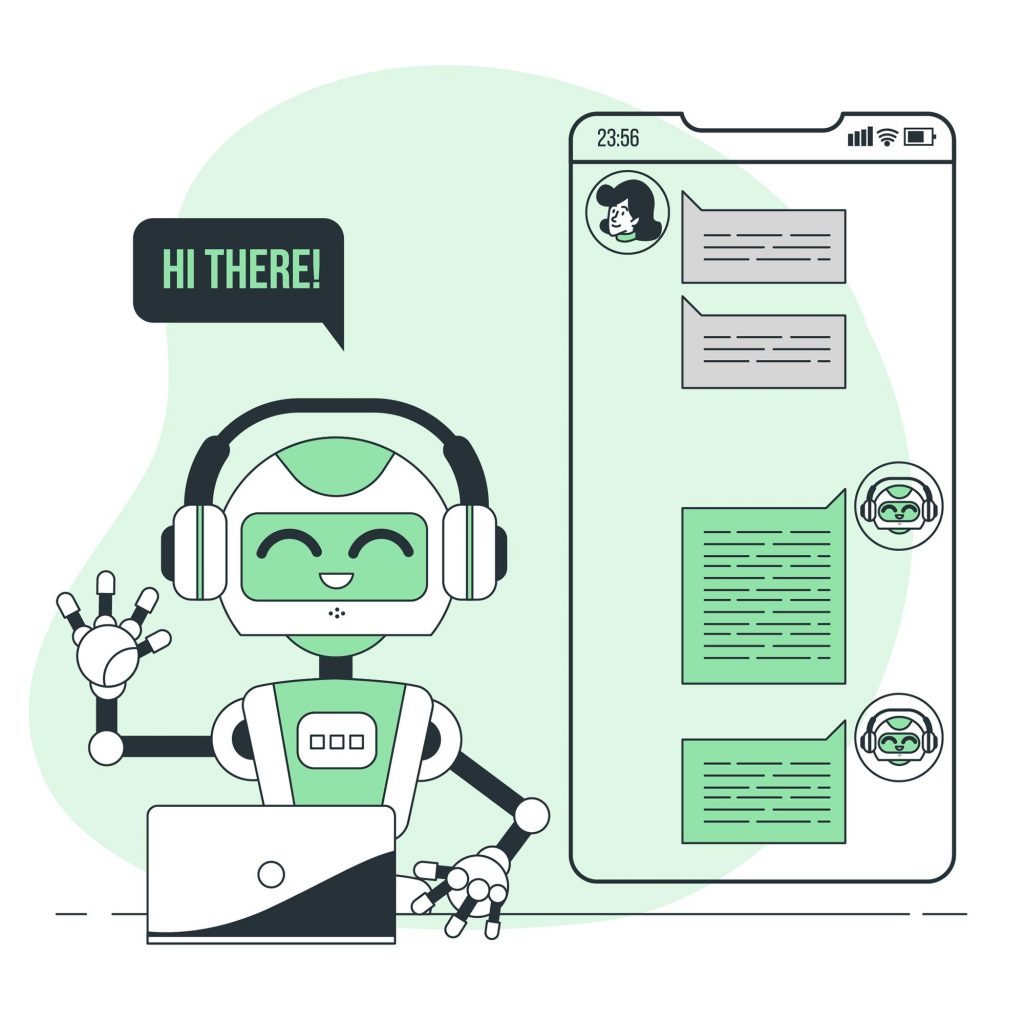
Chatbot applications in US government services are diverse and innovative, with many setting standards for the rest of the world.
Here are a few popular examples of how chatbots are revolutionizing government services:
1. “Emma” – Immigration Services
The United States Citizenship and Immigration Services uses a chatbot named Emma. Emma is capable of understanding and answering queries in English and Spanish, guiding users through the complex immigration process. Emma makes accessing immigration information easier, more intuitive, and available round the clock.
2. “Sam” – The Scam-Fighting Chatbot
Sam assists people by helping them identify various scams. Citizens can also file complaints and check their complaint status via Sam. Other than this, Sam handles multiple citizen queries about government benefits and services.
3. “Chip” – Business Services in Los Angeles
The city of Los Angeles utilizes a chatbot named Chip to help entrepreneurs navigate the city’s business landscape. Chip assists in driving vendor engagement by answering their general queries.
CHIP is designed to answer up to 700 city contracting-related questions. This function has proven instrumental in reducing staff needs and streamlining the process of providing information to businesses.
How Government Agencies Have Automated and Enhanced Citizen Support with TARS Chatbots
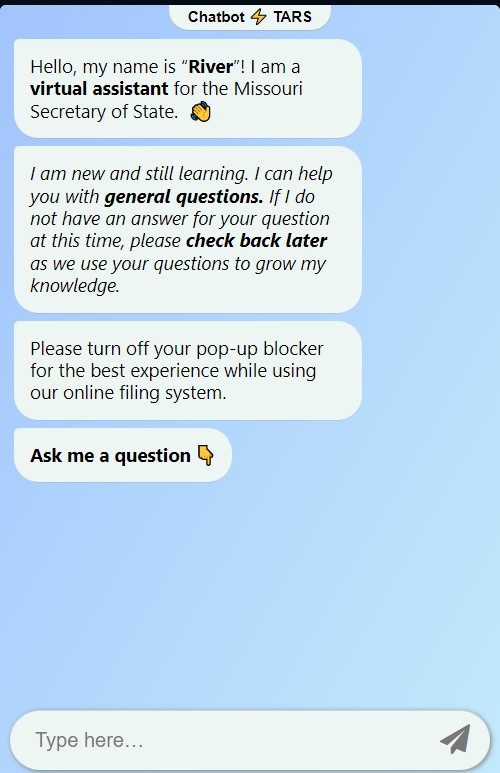
TARS has been successfully working with multiple government agencies and helping them use chatbots to automate services and revolutionize citizen support.
Click on any of the case studies below to learn how we did it:
✅How Workforce Solutions Of Central Texas Used A Chatbot To Automate 100% Of Their L1 Citizen Support
✅How The Missouri Secretary of State Automated 200,000 Customer Service Conversations Using A Chatbot
✅How Indiana INBiz saved $500,000 with a Chatbot
✅How the State of Montana Fixed Its DMV Customer Service Using a Chatbot
The Future of Chatbots in Government Services
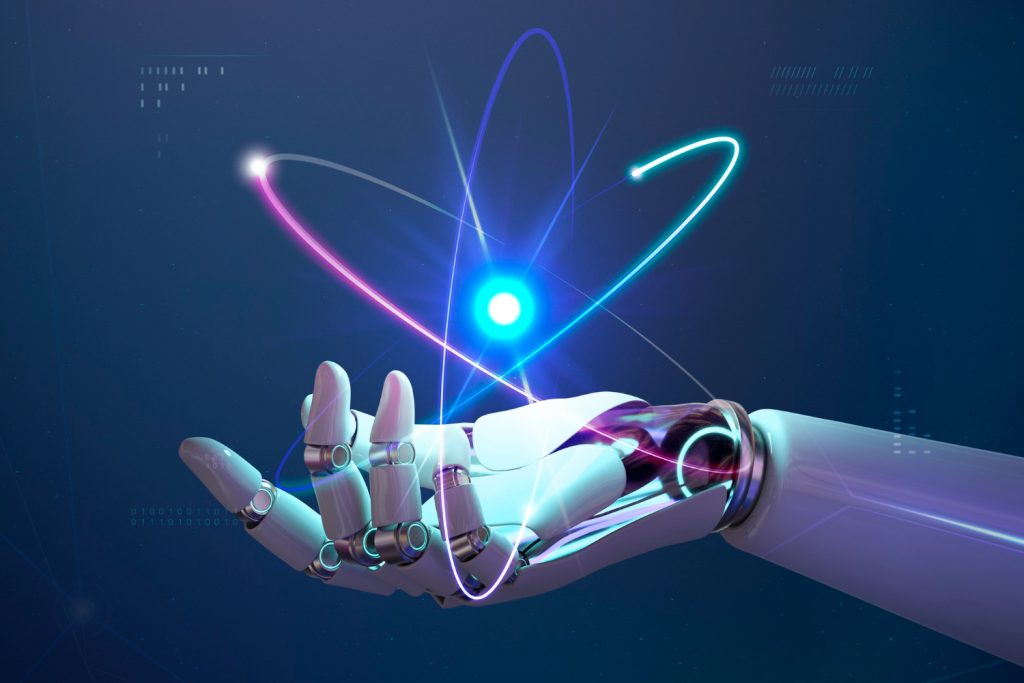
As we look to the future, chatbots are poised to play an even more significant role in government services. There are several reasons for this positive outlook:
✅Advancements in AI and Machine Learning (ML):
AI and ML are rapidly evolving, and with them, chatbots are expected to become more intelligent and adaptable. They will be better equipped to understand and respond to complex queries, enhancing their ability to support citizens.
✅Digital Transformation:
Governments around the world are increasingly focusing on digital transformation, seeking to leverage technology to improve efficiency and citizen engagement. Chatbots, with their ability to automate tasks and provide 24/7 support, are an integral part of this digital shift.
✅Personalized Services:
Future chatbots will likely offer more personalized services, using data from previous interactions to tailor responses and services to individual citizens. This level of personalization can greatly improve the user experience and increase citizen satisfaction.
✅Integration with Other Technologies:
Looking forward, we can expect chatbots to be integrated with other emerging technologies such as Internet of Things (IoT) devices or augmented reality (AR) systems, further extending their capabilities and applications.
Given these trends, it’s clear that using a Chatbot for Government Services is the right step towards embracing a bright future. These technologies will continue to be an essential tool for improving public services.
How to Start Using a Chatbot for Government Services and Citizen Support
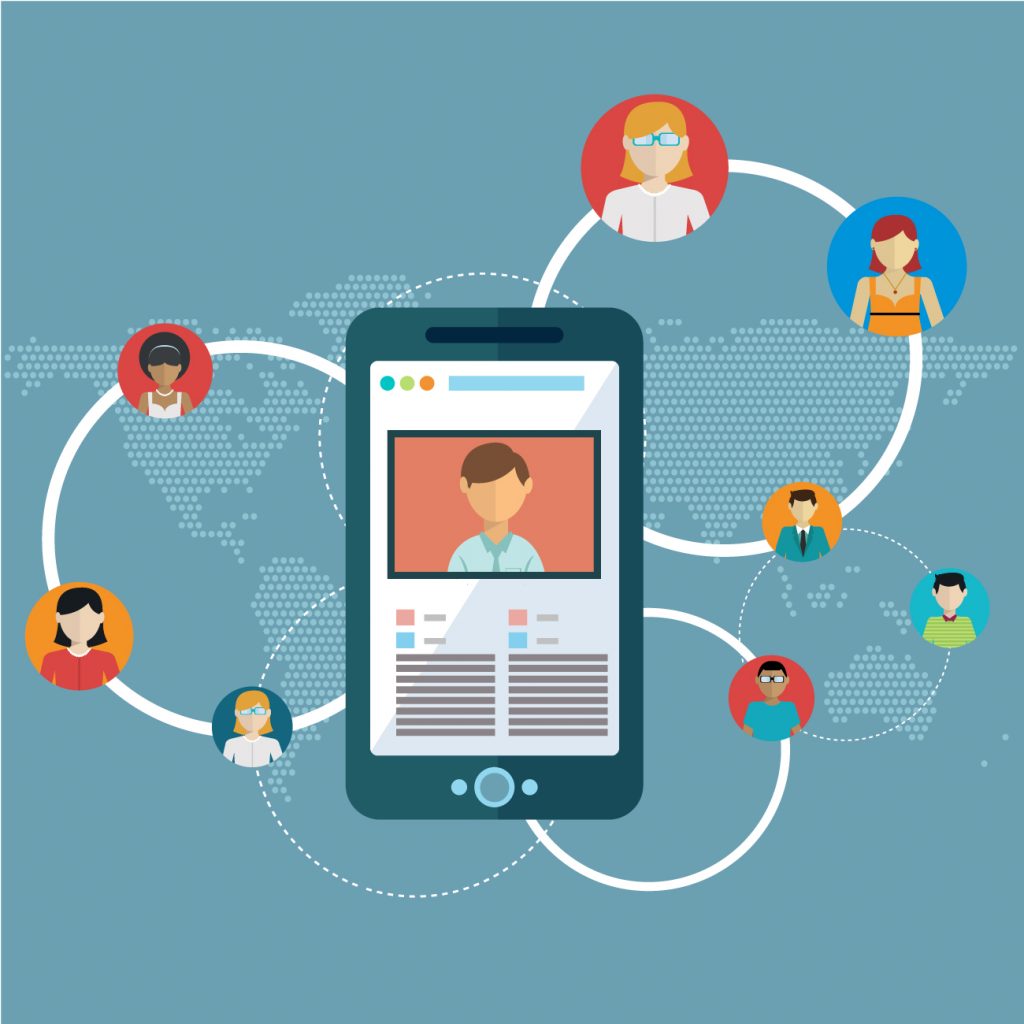
Need a citizen support chatbot for your government agency? You are in the right place. We are a team of gov-tech professionals who specialize in helping government agencies successfully revamp citizen support with the power of AI and automation.
How to get started? Simply book a free demo and our team of in-house experts will walk you through the entire process and get you started.
Our omnichannel chatbots can be deployed on all channels – websites, mobile apps and even text messages (SMS).
We have helped multiple US government agencies automate citizen support which includes Workforce Solutions of Central Texas, Missouri SoS, Indiana InBiz, and Montana DMV.
Simply book a free demo and our team will handle the rest – from planning and development to testing and deployment.

I am a creative thinker and content creator who is passionate about the art of expression. I have dabbled in multiple types of content creation which has helped me explore my skills and interests. In my free time, I indulge in watching animal documentaries, trying out various cuisines, and scribbling my own thoughts. I have always had a keen interest in blogging and have two published blog accounts spanning a variety of articles.
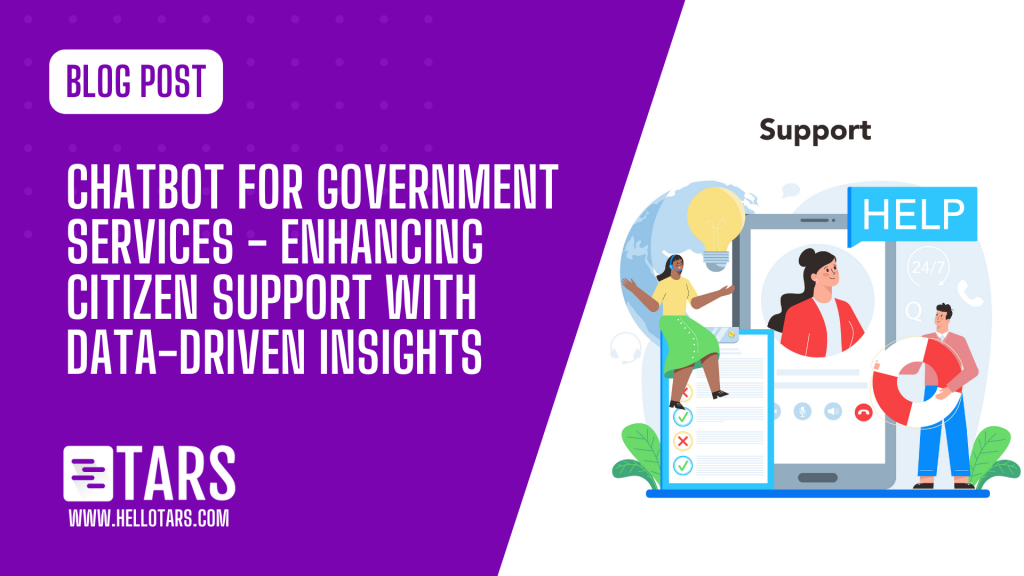
0 Comments on "Chatbot for Government Services – Enhancing Citizen Support with Data-Driven Insights"